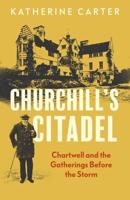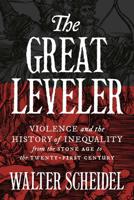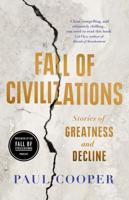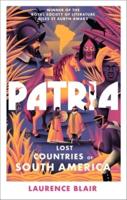Publisher's Synopsis
This historic book may have numerous typos and missing text. Purchasers can usually download a free scanned copy of the original book (without typos) from the publisher. Not indexed. Not illustrated. 1901 edition. Excerpt: ... any in such a condition. A tea-house usually consists of two large rooms furnished with many small tables and square stools, as you see here. The rooms are decorated with handsome mirrors, rich carving in wood, and elegant painted wall-screens. You see the tops of these tables are of mottled marble; the frame-work and the stools are of rich black wood. The rooms are lighted by large lanterns of glass set in wooden frames, which you can see suspended from the ceiling. There is a fine French-plate mirror just behind that little fellow advancing with a plate of sweetmeats. In the rear of this room there is a large kitchen where professional cooks, noted for their cleanliness, are employed in making all sorts of pastry. A peculiar feature of these kitchens is the large stock of boiling water kept on hand and sold at two cash a kettleful--two cash being about one-eighth of a cent. This is a rather clever bit of economy where fuel is quite expensive, and, some time, perhaps, stands for the sale of hot water may become a paying business in America when the exigencies of vastly increased population compel a more grinding economy. As guests enter and seat themselves at these tables, trays of sweetmeats and fruits of many sorts are placed on the tables occupied. Small cups of tea, well made but never strong as it is taken in Western countries, are also placed before the guests. When the temperate, harmless beverage is finished, guests, the occasional guests, are expected to leave and give place to others; but the man of leisure may be expected to spend his excess of time here in tea inspired sociality with friends and neighbors. To increase the hilarity proprietors often engage vocalists and professional story-tellers and reciters who sing and...









